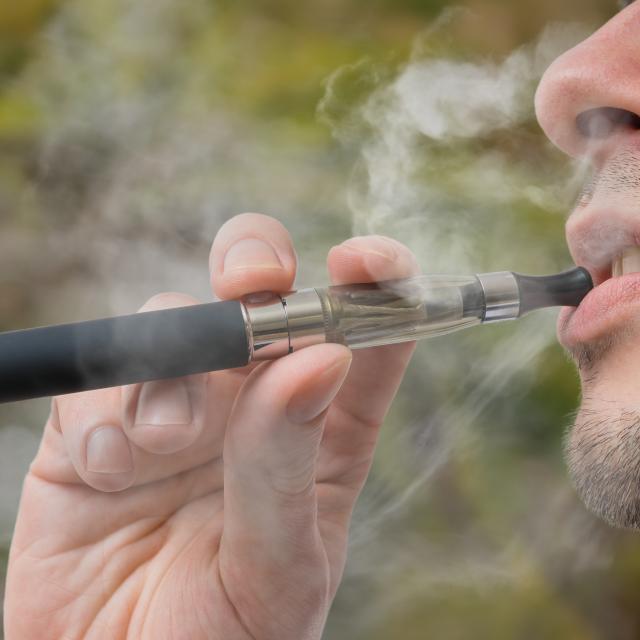Latest research on England’s oral health reports increasing tooth decay and widening inequalities
 Press release
Press release

This secondary analysis project set out to investigate the perceptions of the harms and benefits of e-cigarettes, and how they differ amongst adults in England.
Adults in England have more positive attitudes towards vaping than smoking, however they are more likely to hold pragmatic views on the benefits of vaping rather than overwhelmingly positive views on vaping itself. Furthermore, it appears that news reports from the US of serious lung injuries and deaths related to vaping devices in 2019 may have negatively impacted attitudes towards nicotine-containing vaping devices in England, even though these were later found to be caused by ingredients in cannabis-containing e-cigarettes.
This secondary analysis project set out to investigate the perceptions of the harms and benefits of e-cigarettes, and how they differ amongst adults in England. As well as looking at the different views of smokers and vapers, it also investigated how attitudes towards vaping varied between different demographic and socio-economic groups and if these attitudes were impacted by news reports of vaping-related deaths in the summer of 2019.
Weighted descriptive statistics were produced to investigate how attitudes towards vaping and smoking varied across England, and how these attitudes were related to respondents’ vaping and smoking habits and their individual characteristics.
To investigate people’s general attitudes towards vaping, two advanced statistical methods were used:
Logistic regression models were then built to estimate the adjusted relationship between key variables of interest and both the factor scores and class memberships generated from this work. This included investigating whether respondents who were interviewed after news stories broke about vaping-related injuries and deaths in the US reported more negative attitudes towards vaping, while controlling for their vaping and smoking behaviours and individual characteristics.
 Press release
Press release
 Press release
Press release
 Press release
Press release

Receive a regular update, sent directly to your inbox, with a summary of our current events, research, blogs and comment.
Subscribe